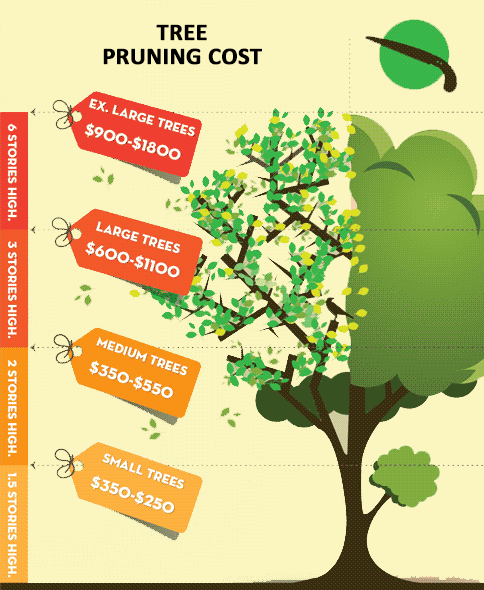Guarding Your Landscape: Replanting After Tree Removal
Guarding Your Landscape: Replanting After Tree Removal
Blog Article
Authored By-Lindsay Adams
Tree removal can leave a space in your landscape that needs filling. You can plant something brand-new in that area, yet it takes additional treatment and focus at the starting to help it flourish.
The soil in that location will maintain altering gradually as microorganisms break down the old origins. That can influence the nutrition equilibrium and physical room for brand-new growth.
Dirt
The dirt in a story where a tree has been eliminated is most likely to be extremely various from the rest of your garden or backyard. The roots of the old tree and the stump will have transformed the soil, removing some nutrients and potentially crowding out various other plants. On top of that, if the previous tree was diseased, the contagious representative might still remain in the ground.
The visibility of origins fosters an abundant and varied area of soil microorganisms that boosts vital procedures like vitamins and mineral cycling and raw material decay. Without these bacteria, the displaced soil can become less fertile and nutrient-depleted, with an adverse effect on plant growth.
Prior to replanting, linked web page should be removed of debris and natural product (such as timber chips from stump grinding). You may wish to mix in potting dirt or indigenous dust with this garden compost to supply your brand-new planting with an environment that is well balanced and loaded with nutrients.
Water
Tree origins take in huge amounts of water from the dirt. This procedure also includes nutrients back to the dirt, specifically nitrogen, which is essential for new trees and plants. However, old soil can be depleted of these vital minerals because of the decaying origins and stump from a removed tree.
This is why it is very important to have a prepare for the future of your landscape. Preferably, the most effective time to plant is when you have a fresh start.
Whether you're growing grass or blossoms, make sure to use a soaker hose pipe to stay clear of overwatering your brand-new landscape design. If the area was a yard, make sure to cover the dirt with natural mulch to aid keep dampness in the soil, control soil temperature levels and subdue weeds. https://beforeandaftertreeremoval40627.blog5star.com/29710213/establishing-the-right-time-for-tree-removal-a-guide-for-homeowners offers a layer of defense for young plants and advertises worm activity. Then, frequently restore the mulch to continue improving the dirt nutrient thickness and microbial life. This is referred to as soil repair.
Light
Trees are a terrific enhancement to any kind of landscape, offering color, visual pulchritude, and several various other benefits. However, occasionally trees come to be unsightly due to a selection of reasons, including disease, parasite problems and natural aging.
In such situations, it might be necessary to eliminate a tree. It is very important to consider the value of a specific tree in your landscaping and take the appropriate steps to make certain that the removal is done safely and successfully.
During the late summertime, it's an excellent time to execute maintenance and evaluations on existing trees. Look for indicators of condition, insect problems, or architectural damage, in addition to any type of possible risks such as damaged or leaning trees.
Before starting any kind of building projects, make certain to protect the root areas of existing trees by avoiding dirt compaction and rating around them. tree cutting service near my location , as it breaks down, can produce harmful gases that are destructive to the roots of a tree. It's likewise a good idea to mulch the area around a tree after construction has ended up to save moisture and subdue weed growth.
Temperature level
Trees are essential to a landscape for their visual allure, but they likewise play an important role in the neighborhood environment by offering shade and windbreaks. They sustain wildlife habitats and minimize the quantity of carbon dioxide airborne, which can add to worldwide warming. This is why it is a good idea to replant trees after eliminating one from the residential or commercial property.
When replanting a new tree in the location of a previous stump, the soil might not have adequate nutrients to support it. It is best to wait for a year prior to growing to guarantee that the dirt will be rich in nutrients.
To ensure that replanted trees prosper, it is vital to give them with proper treatment. A layer of compost will keep soil wetness from evaporating, control dirt temperature, and aid subdue weeds. Organic mulch is the preferred option due to the fact that it boosts dirt fertility. Ongoing fertilization and insect control are likewise vital for replanted trees.